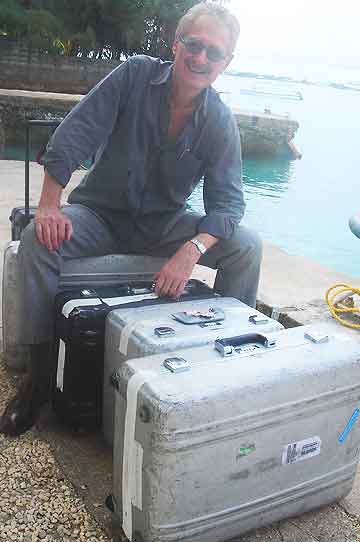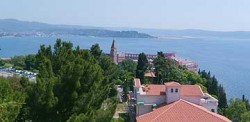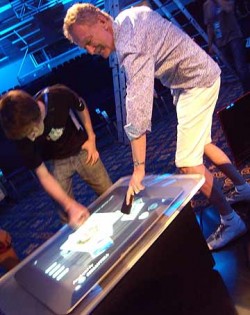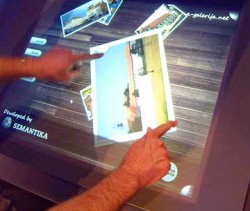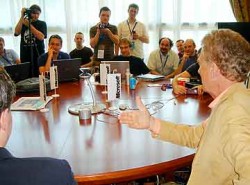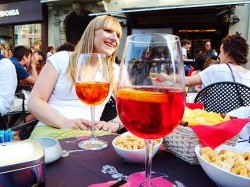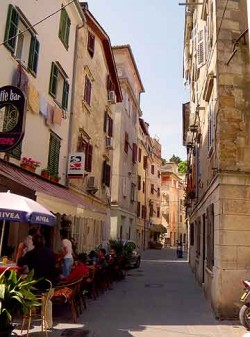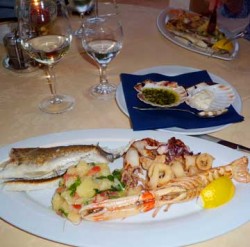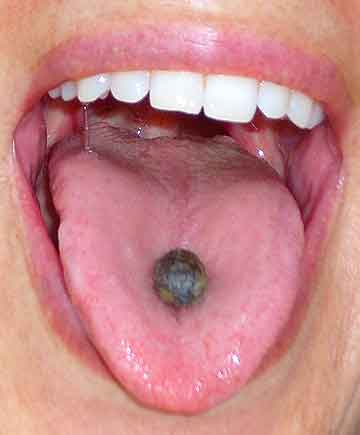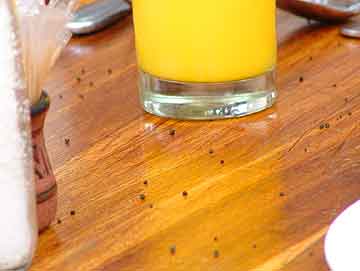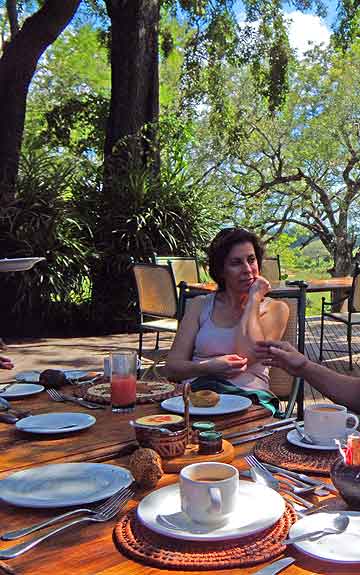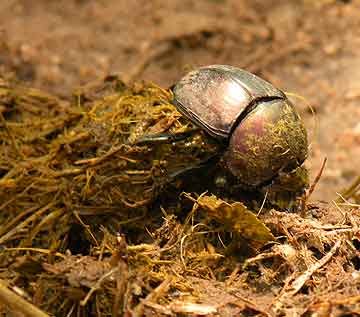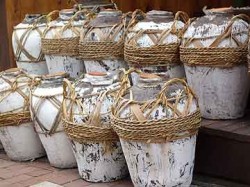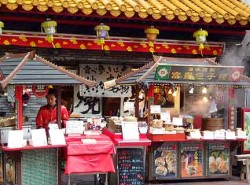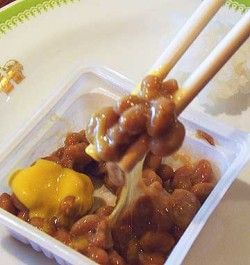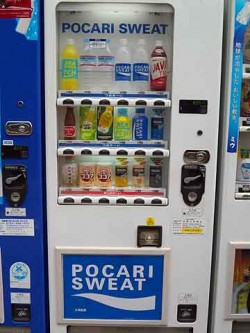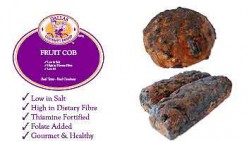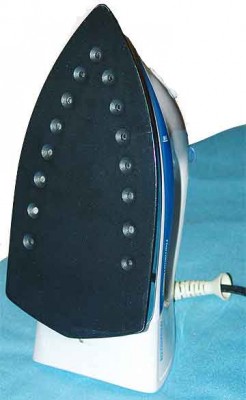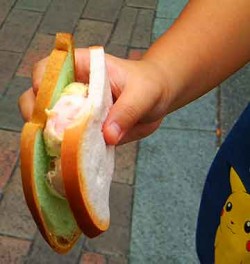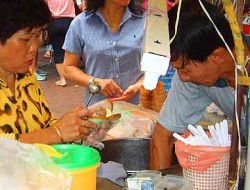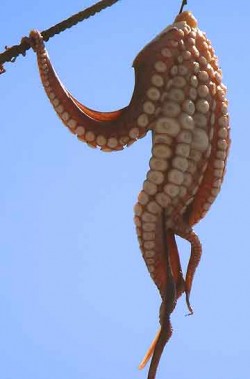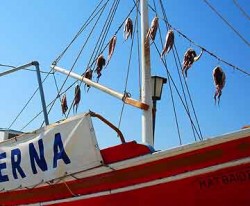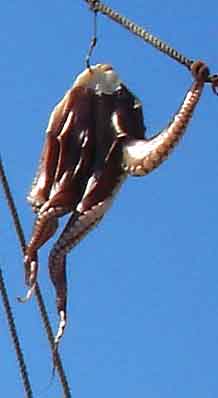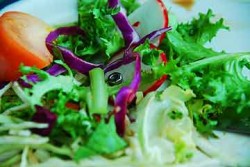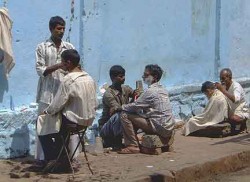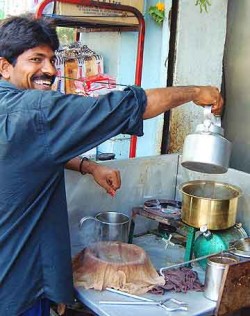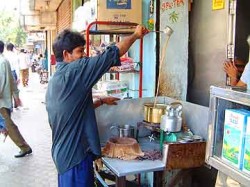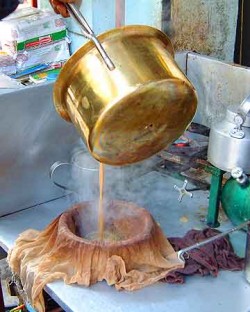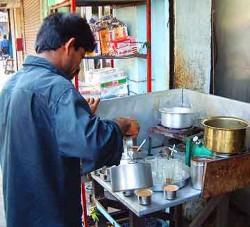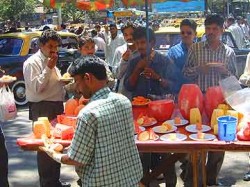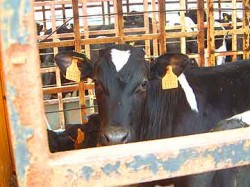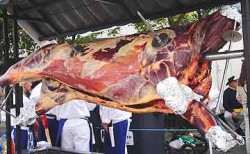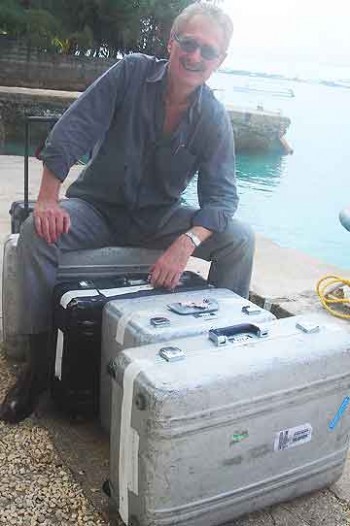
I’m sure it sounds obsessive to mention the necessity of onboard watchfulness when you fly. The likelihood of theft while on an aircraft is low, granted; but it’s unpredictable, and that’s the problem. If you’re carrying valuables, say cash, jewelry, even credit cards, you may as well continue with your precautions. The risks are to the carry-on items you can’t see: those in the overhead compartment can be ransacked practically under your nose—or above your nose. Those under the seat in front of you are vulnerable if you sleep or leave them while you get up. [Read Kayla’s experience, below.] I want to stress that these are low-probability scenarios, especially if you’re not traveling alone. Your degree of precaution must harmonize with your comfort level and the value of the items you carry.
Sadly, suitcases are occasionally compromised while in the airlines’ possession. The odd unscrupulous employee needs only the moment of opportunity. It’s well-known that most luggage locks are next to useless. Keys are generic, and even combination locks have certain pressure points which free latches.
Halliburton
Bob and I believe in hard-sided luggage. The ones we use are aluminum, made by Zero Halliburton. They’re not for everyone, being both heavy and expensive. But when our bags were forced with a crowbar or other tool somewhere on the nether tarmac of the Miami airport, the locks and hinges held tight. Shiny scars in the seam, as if gnawed by a metal-eating mouse, were the only evidence of serious tampering.
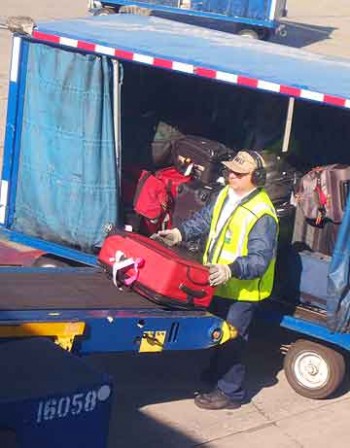
As we watch our silvery Halliburtons trundle off toward baggage handlers in Lusaka, in Santiago, in Mexico City, filled with sound and video equipment or perhaps with our favorite shoes from Florence, we’re eternally grateful for and confident in their sturdy locking mechanisms. Even more so after trying desperately and failing to break into our own locked suitcase when it jammed once in London.
Of course bags like these do call attention to themselves and an argument can be made for using inexpensive luggage. One world-traveling couple we met swore by the cheap stuff. After repeated thefts from their Louis Vuitton cases at Heathrow airport, they resorted to department store brands, buying new bags every year or so. A small price to pay, they say, given the cost of their trip and value of their belongings. That’s their argument, but I don’t buy it. I say buy the best bags you can find and afford and use their locks [whenever possible].
Excerpt from Travel Advisory: How to Avoid Thefts, Cons, and Street Scams
Chapter Three (part-e): Getting There—With all your Marbles
Theft on a plane
“Kayla,” a 15-year-old girl, told me how her wallet was stolen on a cross-country flight. Her mother and sister supported Kayla’s story. The thief was a 35ish woman sitting next to her. In the middle of the flight, the woman bent down and pretended to be digging in her purse. But Kayla felt something and looked, and could see that the woman was digging in her (Kayla’s) purse. Kayla said she was too scared to say anything. The woman got up and went to the bathroom. Kayla checked her purse and found that her wallet was gone. She told her mother. Then she and her mother told a flight attendant. The flight attendant found the wallet in the bathroom, missing only Kayla’s cash. Kayla was still too afraid to say anything to the thief. When the plane landed, the woman just left.
![]()

